Remember, the most beautiful homes are those that tell a story, and there’s no better way to do that than by crafting it with your own hands. In today’s world, upcycling and repurposing furniture are popular trends for eco-friendly homeowners and creative DIY enthusiasts. This guide will help you understand these concepts and inspire you to transform your home into a stylish, sustainable space. Let’s explore what to do with old furniture to make your home look new.
What To Do With Old Furniture to look home new

“This article contains affiliate links. I might get commissions from those links if you click through the link and finalize a purchase. Please read Disclosure section for more information.”
Understanding Upcycling and Repurposing
Before we start sanding, painting, or re-upholstering, it’s important to know the difference between upcycling and repurposing. Upcycling transforms waste materials or old products into new, higher-quality items with better environmental value. What to do with old furniture is repurposing takes an item and gives it a new use.
The Benefits of Upcycling and Repurposing
Environmental Impact
By giving a new life to old furniture, you divert items from landfills and minimize the need for new raw materials. This practice significantly reduces the environmental impact of our throwaway culture.
Cost-Efficiency
Not only is upcycling and repurposing kind to the Earth, but it’s friendly to your wallet too. DIY projects that involve refurbishing existing items are often much cheaper than buying new furniture.
Uniqueness
Each upcycled piece is unique. No two items that undergo the upcycling process will look the same, ensuring that your home stands out with a distinct, personal touch.
Laying the Foundation
First thing what to do with old furniture is choosing an item to upcycle, look for high-quality pieces with good bones. Solid wood, sturdy frames, and well-constructed furniture make for the best candidate for transformation.
The Upcycling Process: From Thrift to Trendy
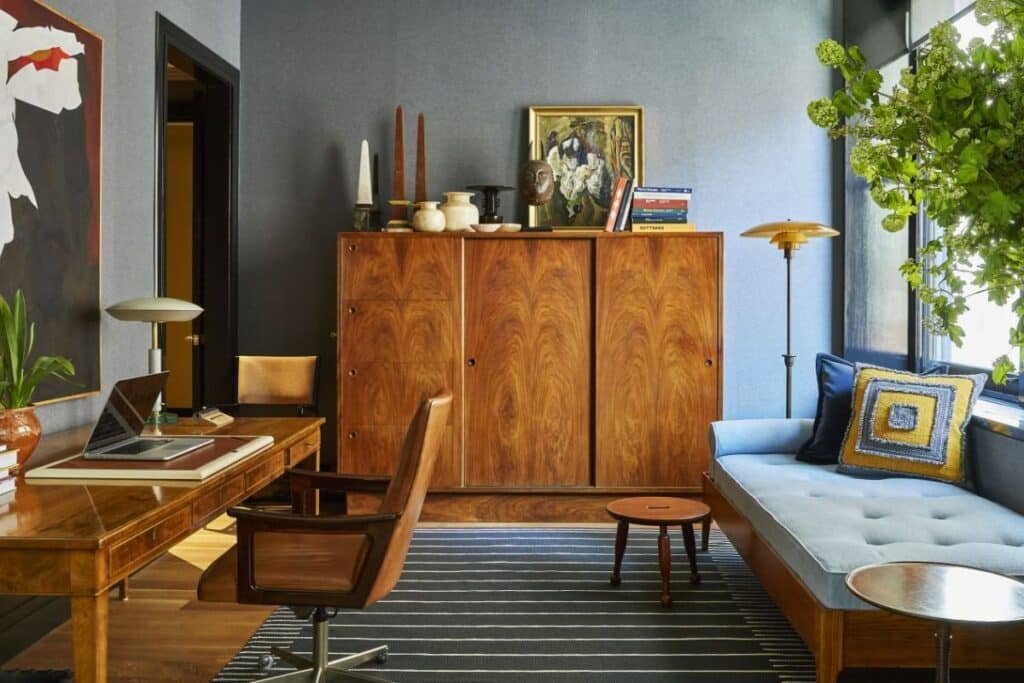
Now, we move on to the practical side of this endeavor. Upcycling might seem daunting, but follow these steps, and you’ll be turning forgotten furniture into statement pieces in no time.
Step 1: Inspire Your Imagination
Peruse magazines, home decor blogs, and social media platforms for upcycling ideas. This step is critical for igniting your imagination and gathering inspiration. Pay attention to color palettes, patterns, and design concepts that appeal to you.
Step 2: Plan Your Project What to Do With Old Furniture
Allocate time and space for your upcycling project. Make a detailed plan, including the tools and materials you’ll need. It’s a good idea to sketch out your design changes and create a budget.
Read more from our website- How to Make Your Home a Pet-Friendly Space
Step 3: Prepare Your Piece
Before you start any physical work, clean the item thoroughly. Remove old paint, varnish, or upholstery that may be present. Repair any structural damage that could compromise the integrity of the piece. There is lot of paint and varnish removal available in market. I try to use this 2 according to my needs. You can also check this out-
HELPFUL TOOLS:
Safety goggles, brushes, chemical-resistant gloves.
Try to use chemical resistant gloves. I use LANON 6 mil Black Nitrile Disposable Gloves for my home. The chemical glove is disposable and composed entirely of nitrile. It can withstand a wide range of solutions, such as brake cleaning, light and high purity solvents, and oil grease with low concentration. Also, you can check it Black Nitrile Gloves HEAVY DUTY. Those are heavy duty gloves and easy to use.
Also, we should use safety googles. Every safety goggle satisfies the criteria to be worn for eye protection when working in the lab or on related tasks. You can try Lightweight Anti-Fog Lab Goggles or NoCry Safety Goggles Over Glasses, those are user friendly and affordable.
Step 4: Get Creative with Design
This is where your inspiration and planning come together on repurposed furniture ideas. Decide on the new color palette, the type of finish, and any additional elements to add character to your piece. This is also the time to consider functional changes. Can a dresser be turned into a kitchen island? Could an old door become a table?
Step 5: Transform Your Piece
Once your design scheme is set, it’s time to transform the piece. Apply primer and paint, ensuring that each coat dries fully before applying the next. This is also the stage to re-upholster or refinish any fabric or wood elements.
Step 6: Final Touches
Add any final embellishments, such as new hardware, decorative stencils, or a coat of furniture wax to protect your work. Step back and admire your creation!
The Power of Patience for Repurposed Furniture Ideas
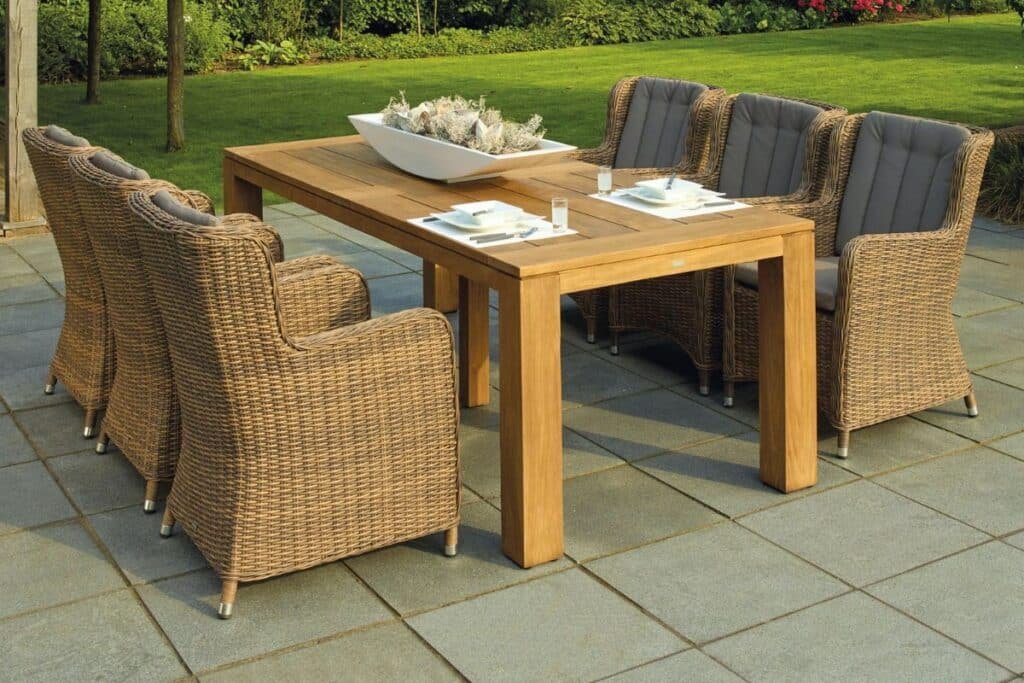
Remember, upcycling is as much art as it is a craft. Be patient with the process, and don’t rush. Taking the time to do a thorough job will result in a piece that you can be truly proud of.
Innovative Repurposing Ideas for a Functional Home
Repurposing furniture is an equally rewarding endeavor that gives new meaning to household items. The possibilities are as limitless as your imagination.
Repurpose With Purpose
To decide what to do with old furniture effectively, consider the needs of your home. Do you lack storage space? An old ladder could be repurposed into a stylish shelving unit. Do you need more seating in your entryway? A sturdy trunk could serve as a bench and storage.
Managing Commitment Levels
Repurposing can be a less intensive project than upcycling since it often involves fewer materials and steps. This makes it a great way to ease into the world of DIY furniture transformations.
Showcasing Your Sustainable Home Decor
Once you’ve upcycled or repurposed your furniture, it’s time to share your work. Proudly display your creations in your home or at local markets to inspire others and foster a sense of community around sustainability and design.
Sharing on Social Media
Consider documenting your upcycling process and sharing it on social media. Use hashtags like #upcycledfurniture and #sustainabledesign to connect with like-minded individuals.
The Personal Rewards
The satisfaction that comes from upcycling and repurposing is not only about the finished product but also about the process. Each piece you work on teaches you something new about craftsmanship, design, and the value of sustainable living.
Championing Upcycled and Repurposed Furniture Ideas
The true champions of the upcycling and repurposing movement integrate these practices into their lifestyle. It’s not just about a single project—it’s about reimagining the way we interact with the materials around us for what to do with old furniture.
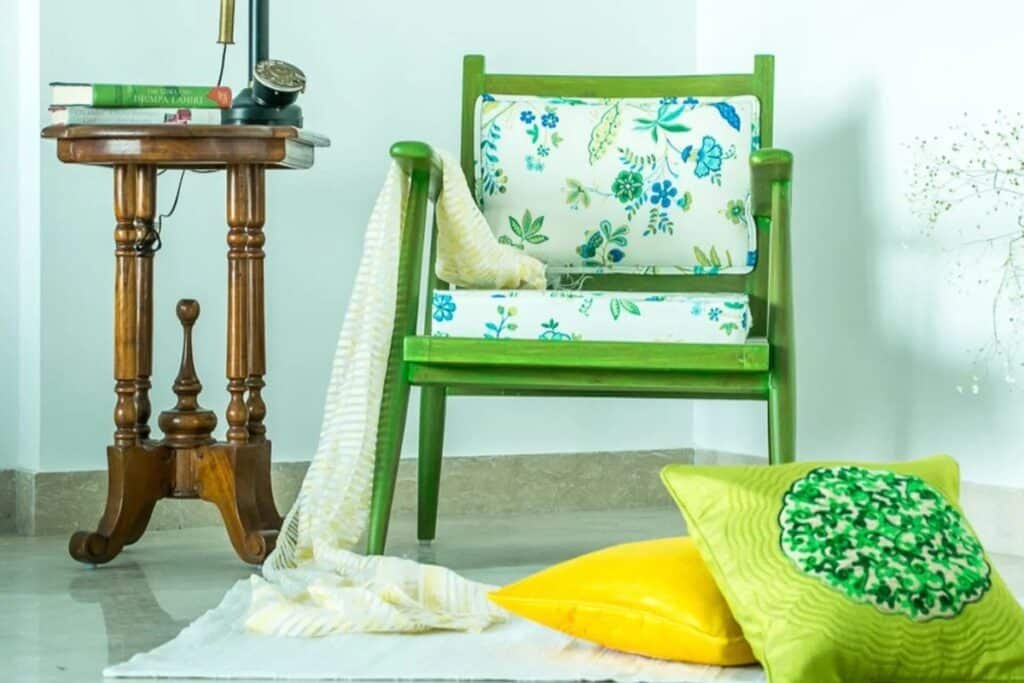
Staying Informed and Inspirited of What to Do With Old Furniture
Stay curious and nourish your creativity by staying informed on the latest upcycling and repurposing trends. The internet is a treasure trove of resources waiting to be discovered.
The Future Looks Recrafted
With each upcycled or repurposed furniture ideas, a small step is taken towards a future where we value ingenuity and resourcefulness. Keep crafting, keep sharing, and keep growing the movement.
Upcycling and repurposing furniture are more than just a pastime; it’s a commitment to the environment and a celebration of your personal creative flair. Through these sustainable practices, you not only breathe new life into old items but also infuse your home with a character that can’t be found on the shelves of traditional stores.
Are you ready to take the leap into the world of upcycling and repurposing? Your first project is just waiting to be discovered—perhaps in an antique shop or at a local garage sale. Remember, the design of the original piece should also resonate with your personal taste and fit your home’s aesthetic. Happy recycling and designing with the above tips what to do with old furniture!

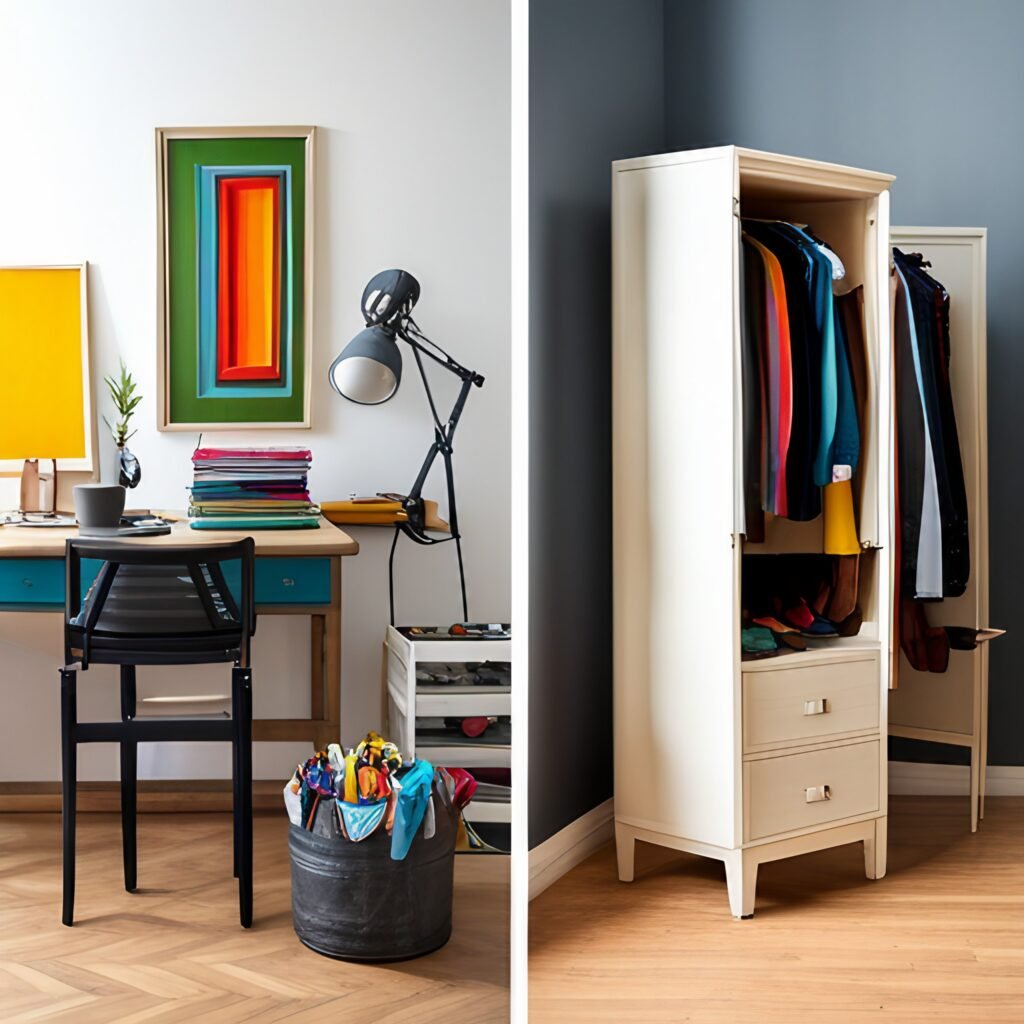






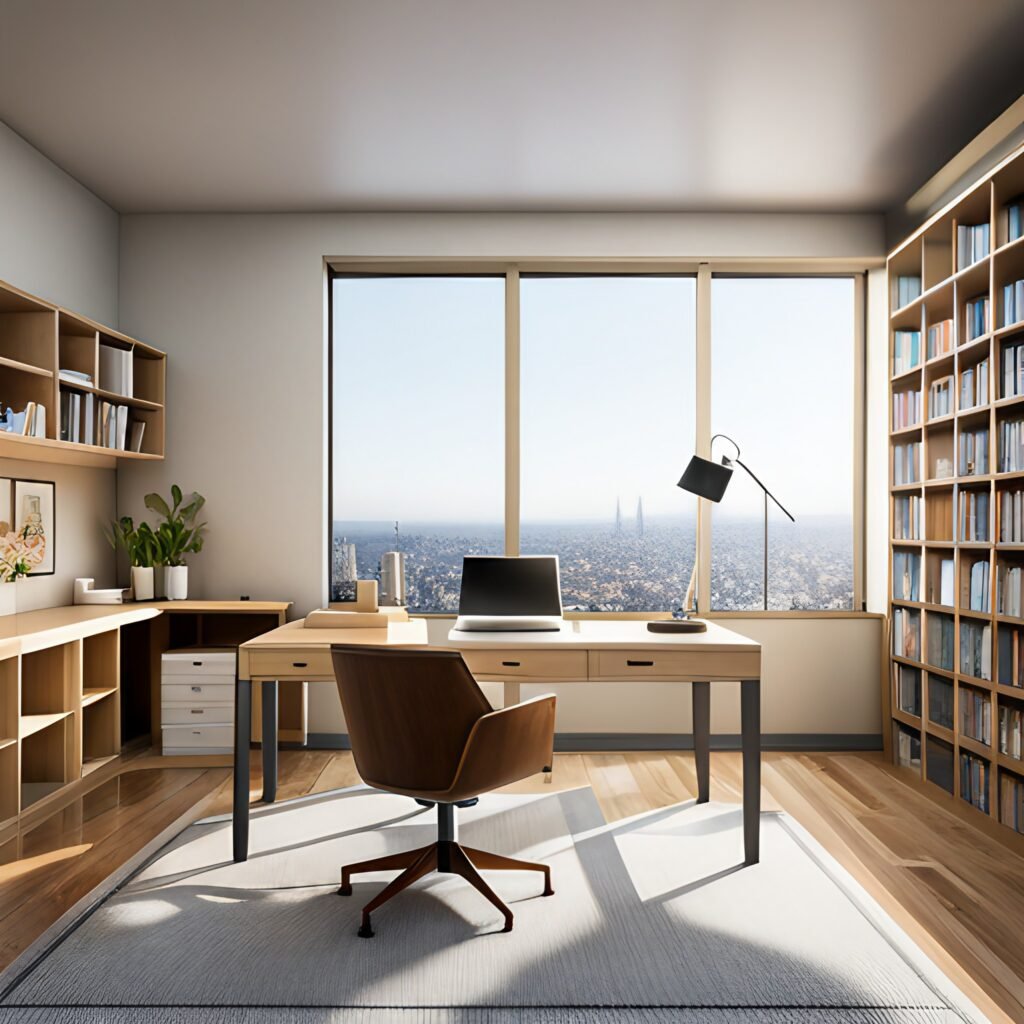

Pingback: How to Make Your Home a Pet-Friendly Space